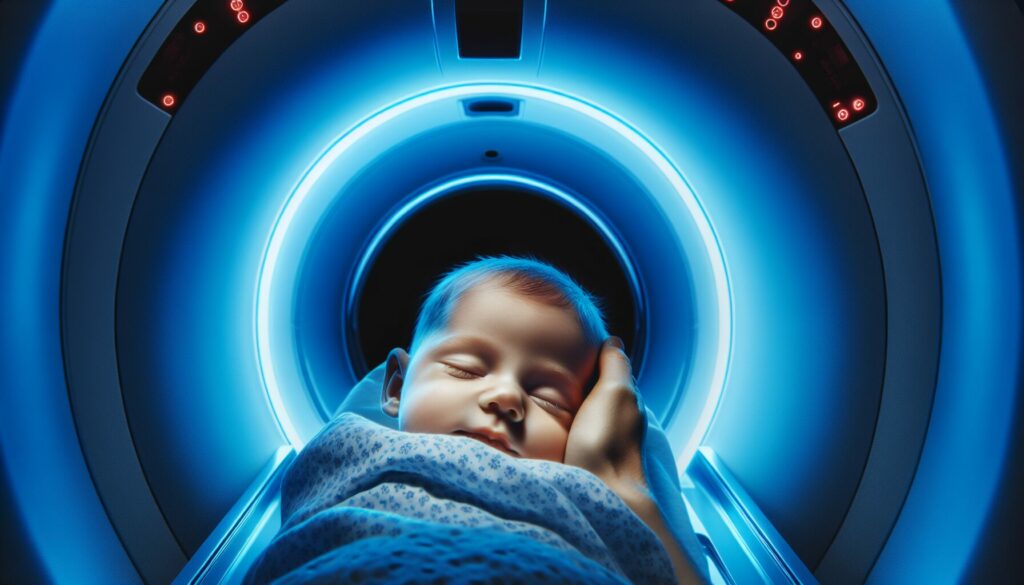The importance of early diagnosis of Autism

Autism Spectrum Disorder (ASD) is an extremely heterogeneous condition affecting communication, social interactions, and sensorimotor functions. It is chronic, i.e. persisting throughout a person’s lifetime, with no existing cures. However, early behavioral therapies can significantly enhance long-term quality of life. Early treatment is critical, given that the brain’s ability to remodel itself and learn new skills—neural plasticity—peaks in the first year of life and declines thereafter. Effective early diagnosis remains a challenge, especially as socio-communicative symptoms are difficult to assess pre-verbally and objective diagnostic tools have been lacking.
QuantaBrain has developed a method allowing for an objective diagnosis as early as two years old through a one-minute functional magnetic resonance imaging (fMRI) scan. This quick and non-invasive technique also sheds light on the patient’s neurobiology.
Some FAQs on our system for early autism diagnosis are presented below.
When do parents typically first notice signs of ASD and seek a diagnosis?
Parental concerns about their children’s behavior can arise well before 18 months1, significantly before the average U.S. diagnosis age of 4.5 years2. The gap between initial screening and diagnosis is on average of 27 months3, yet early health system utilization patterns might indicate early ASD signs, suggesting the possibility for an earlier diagnosis4.
What are the benefits of early diagnosis and early treatment?
In a longitudinal study5, nearly 37% of children who received early interventions for autism from 12 to 36 months no longer met the diagnostic criteria by age 7, highlighting the potential benefits of early therapy. Such outcomes reinforce the critical nature of early intervention as recommended by the American Academy of Pediatrics for all children at 18 and 24 months6.
Is MRI cost-prohibitive?
Our functional MRI examination requires only a 1-minute scan and is significantly less expensive than traditional structural MRI. The short duration and avoidance of sedation or contrast agents reduce costs and allow for easy integration with structural exams, adding negligible cost to a standard 20 to 40-minute scan.
Why are current behavioral-based screenings insufficient?
Current tools like the M-CHAT are subject to considerable diagnostic errors. A recent study7 has raised issues with its specificity and positive predictive value which are only 57.7% and 45.7%, respectively. This means that only about half of those who test positive really have ASD and that less than half of those that are not in the autism spectrum test negative. In summary, there is a substantial number of false positives. Moreover, another study reports that only 60% of early diagnoses were made with “complete certainty” by psychiatrists8, highlighting the complexity of early, preverbal diagnosis and underlining the need for more objective biomarkers. Current, behavioral-based diagnoses fail to inform on individuals’ neurobiology or guide personalized treatment choices.


